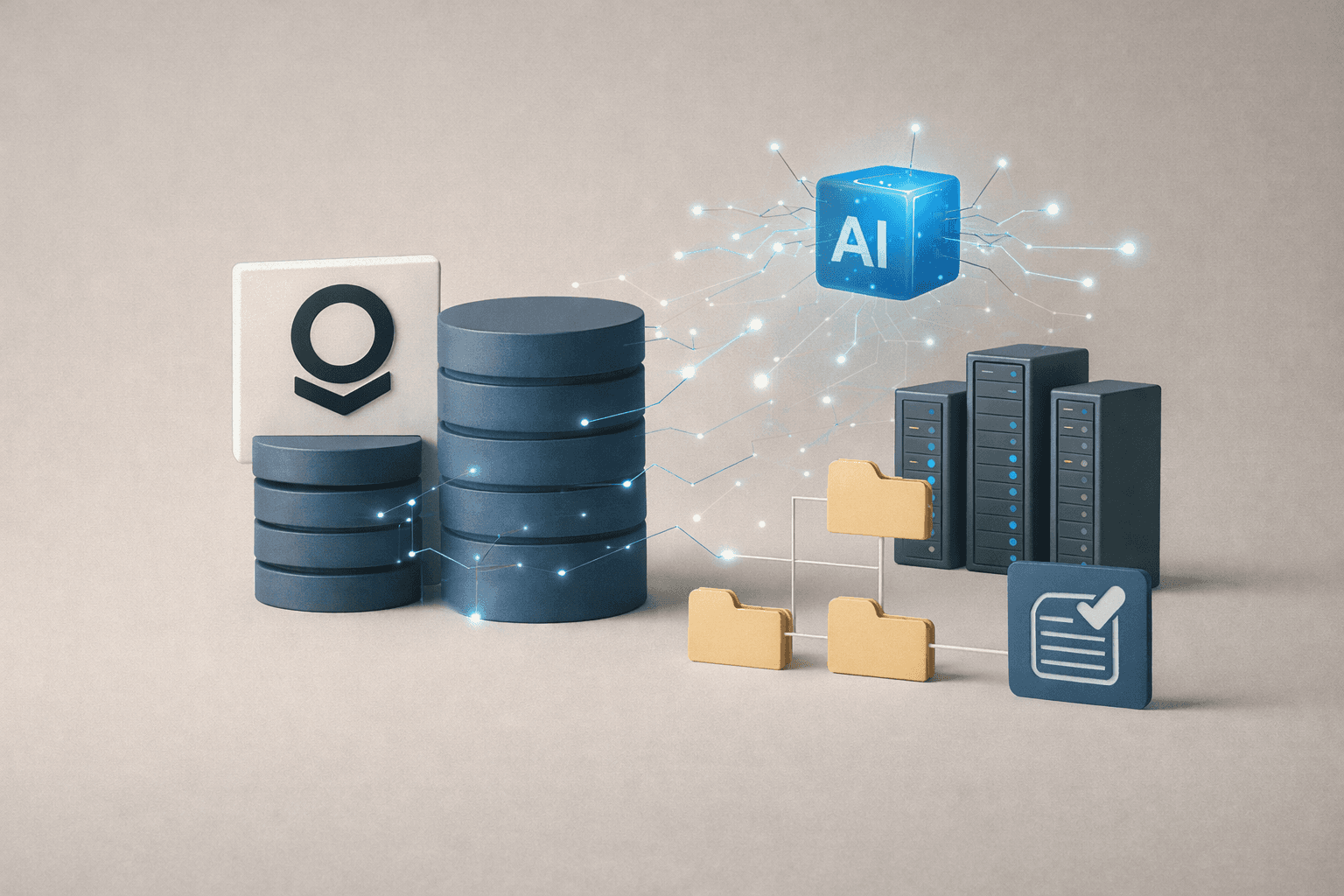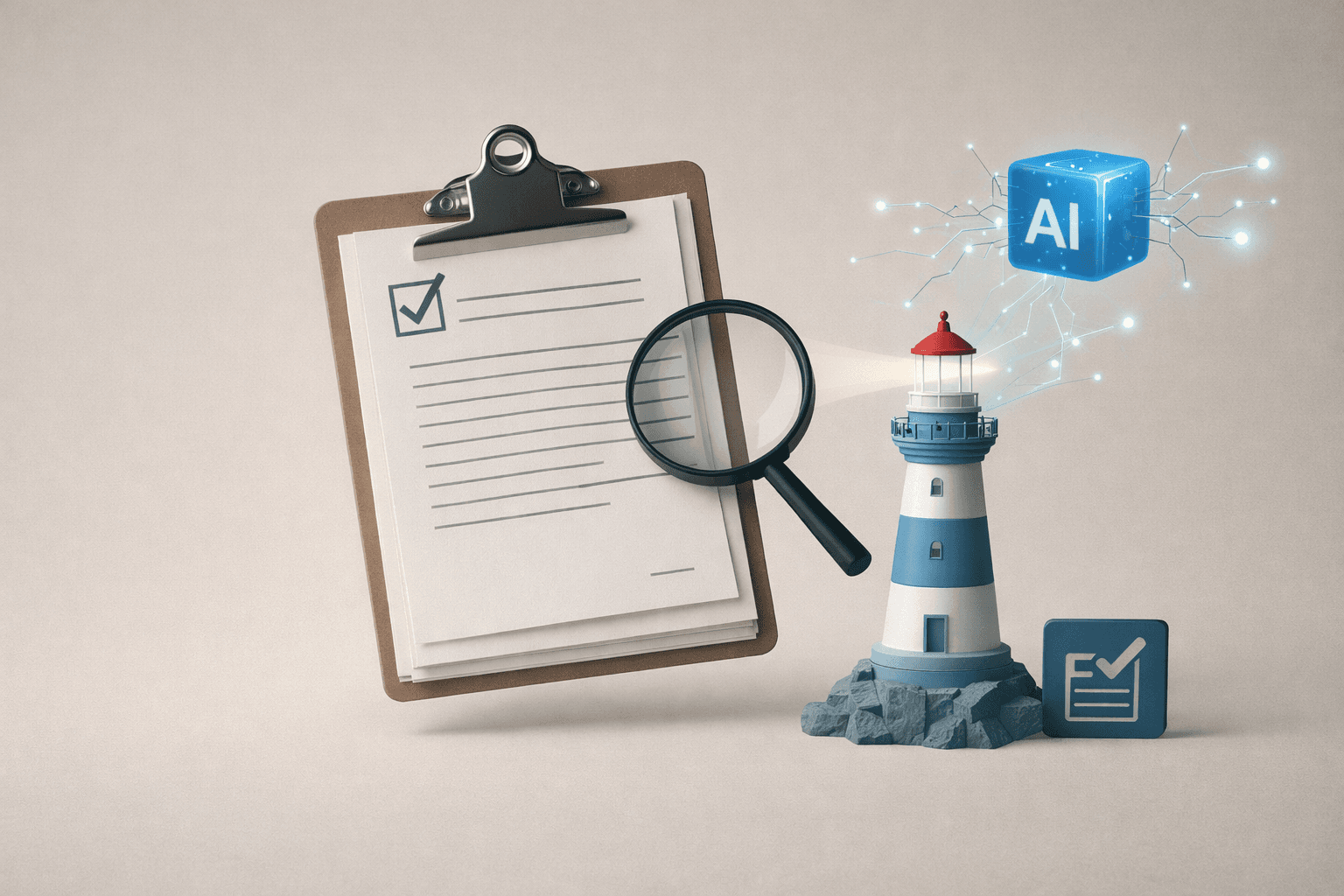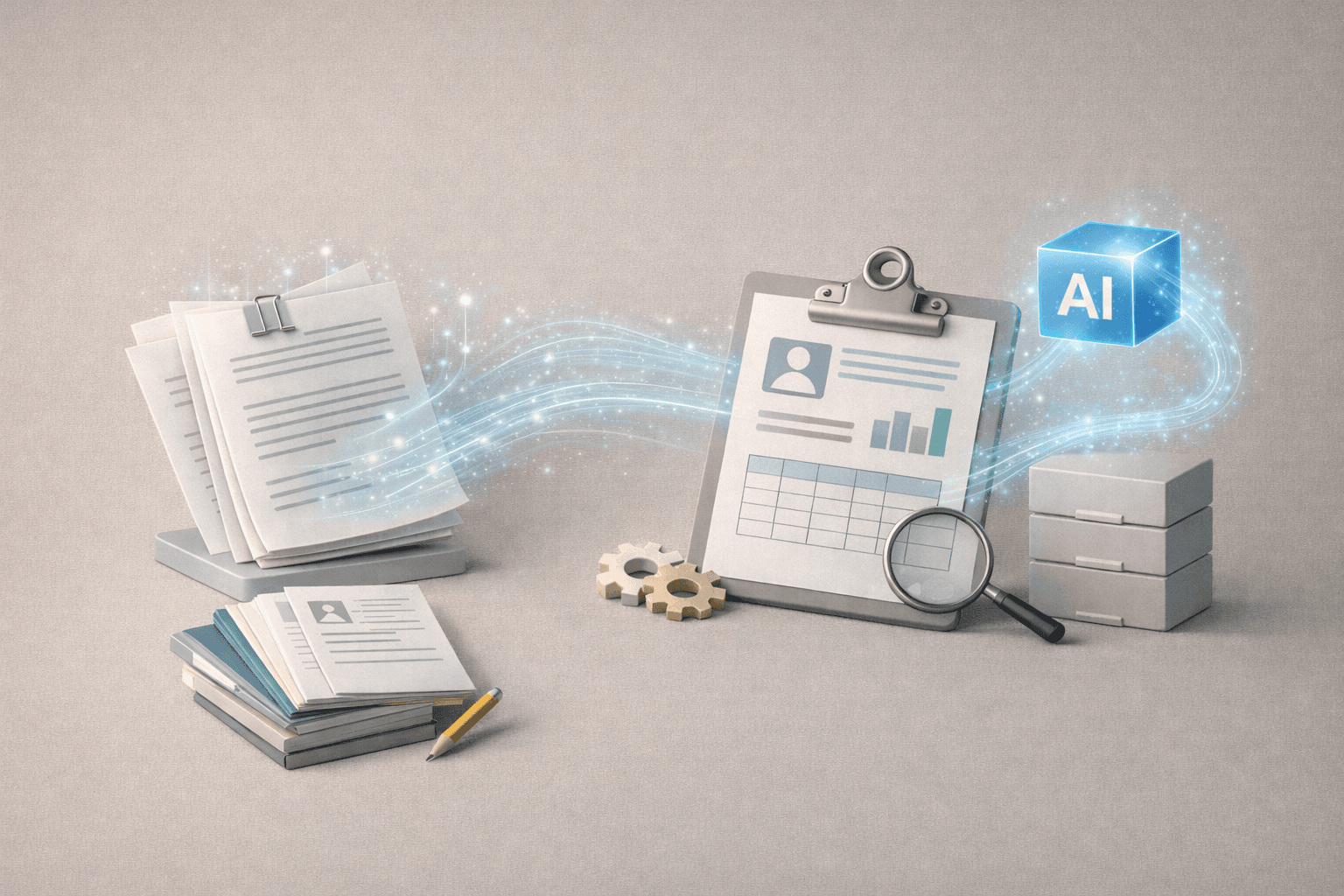Insight
What Is Retrieval-Augmented Generation (RAG)? – Overcoming the Limitations of LLMs
Sep 29, 2025
After the AI Revolution
In November 2022, OpenAI released ChatGPT. That moment went far beyond a simple technology announcement—it sent shockwaves throughout the world. Since then, the news has been filled daily with stories about artificial intelligence, and it’s no longer surprising to hear about unicorn companies rapidly rising on the back of AI. At the same time, reports of jobs disappearing due to automation have also become a part of everyday life that no longer shocks anyone.
However, despite its flashy achievements and widespread attention, AI still faces unresolved limitations. Beyond computational efficiency or power consumption issues, the phenomenon of producing answers that deviate from facts—so-called “hallucinations”—seems to be a chronic problem that will not fundamentally disappear.

Against this backdrop, a technology that has recently gained significant attention is Retrieval-Augmented Generation (RAG). RAG is a natural language processing approach that combines retrieval-based models with generative models, leveraging the strengths of both. By pulling information from databases or knowledge repositories, RAG produces results with improved context and accuracy.
Large Language Models (LLMs) are the core engines of generative AI. They can answer complex questions and create new content, but for enterprises, they run into the practical barrier of “data limitations.” They cannot learn the latest information or proprietary internal data. This is where RAG provides a solution.
When companies leverage RAG, they can directly connect internal data to LLMs, enabling AI applications that are more reliable, contextually appropriate, and timely. For example, AI can reference past customer inquiries to generate responses or produce automated marketing briefs aligned with brand guidelines.
So, let’s take a closer look at what exactly RAG is, the advantages it provides, how it works, and how organizations can start adopting it.
What Is Retrieval-Augmented Generation (RAG)?
Retrieval-Augmented Generation is a technology that combines enterprise-specific, up-to-date data with traditional large language models to produce results that are not just plausible but fact-based.
Language models can only respond within the scope of what they’ve been trained on. Without sufficient context and reliable, factual data, they inevitably generate incorrect answers. Moreover, traditional LLMs lack the ability to incorporate real-time information, access enterprise-internal data, or understand contextual relationships with customers. RAG fills these gaps.
What Are the Benefits of Retrieval-Augmented Generation?
RAG enables companies to improve the quality of AI-generated answers while also maintaining cost efficiency. Its specific advantages include:
Enhanced Reliability
Data Control
Stronger Search Capabilities
How Does Retrieval-Augmented Generation Work?
RAG typically operates in three key stages:
Preprocessing and Indexing
Retrieval with a Retriever
Grounded Generation
This method is often referred to as “Grounded AI Generation” because it elevates the quality of AI-generated outputs.
Main Types of RAG
Vector-Based RAG
Knowledge Graph-Based RAG
Ensemble RAG
RAG Architecture and LLM Agents

RAG architecture goes beyond simply fetching information and generating answers. When combined with AI agents—autonomous systems that can perform tasks and continuously learn—the result is a much more sophisticated and evolving system.
These agents can be deployed across customer support, internal knowledge retrieval, and automated document generation, delivering responses that become increasingly adaptive and refined over time.
Organizational and Team Benefits
RAG is more than just a tool—it’s a key to improving organizational efficiency and accelerating outcomes. By integrating large language models, cloud data engines, CRM systems, and conversational AI, companies can build powerful AI agent fleets customized for each department’s needs.
For instance:
Service teams gain personalized support and proactive assistance.
Sales teams benefit from automated lead management and coaching.
Marketing teams optimize campaigns in real time using KPI-based insights.
Commerce teams deliver personalized shopping experiences and streamline operations.
Industry-Specific Use Cases
RAG creates value across industries including finance, healthcare, manufacturing, and automotive:
Financial Services: Personalized product recommendations based on customer data
Healthcare: Patient Q&A with automated specialist connections
Manufacturing: Equipment monitoring and process optimization
Automotive: Real-time inventory management, predictive maintenance, and post-sales support
RAG ROI and the Fastest Path to Adoption
Ultimately, RAG is a strategy for maximizing the ROI of enterprise AI investments. By connecting company data directly to AI, responses become more personalized, relevant, and timely—translating into real business results.
From strengthening customer relationships and improving operational efficiency to boosting marketing and sales performance, the ripple effects of RAG extend company-wide. RAG is quickly evolving from a technology into a new standard that defines competitive advantage.
To implement RAG in enterprise workflows, organizations need an integrated platform capable of handling various data formats. A solid foundation such as a vector database ensures smooth retrieval, while agents provide document access and deliver context-aware information.
For a simpler approach, you can turn to Wissly. Wissly analyzes and understands your documents to generate answers tailored to your business context. Whether you need to know regional sales growth rates from last year versus the year before, or want a summary of key discussions from last quarter’s meetings, Wissly AI excels at document-based analysis and generation. Why not try Wissly AI, the solution specialized in secure, context-aware document intelligence?
Recommended Content










